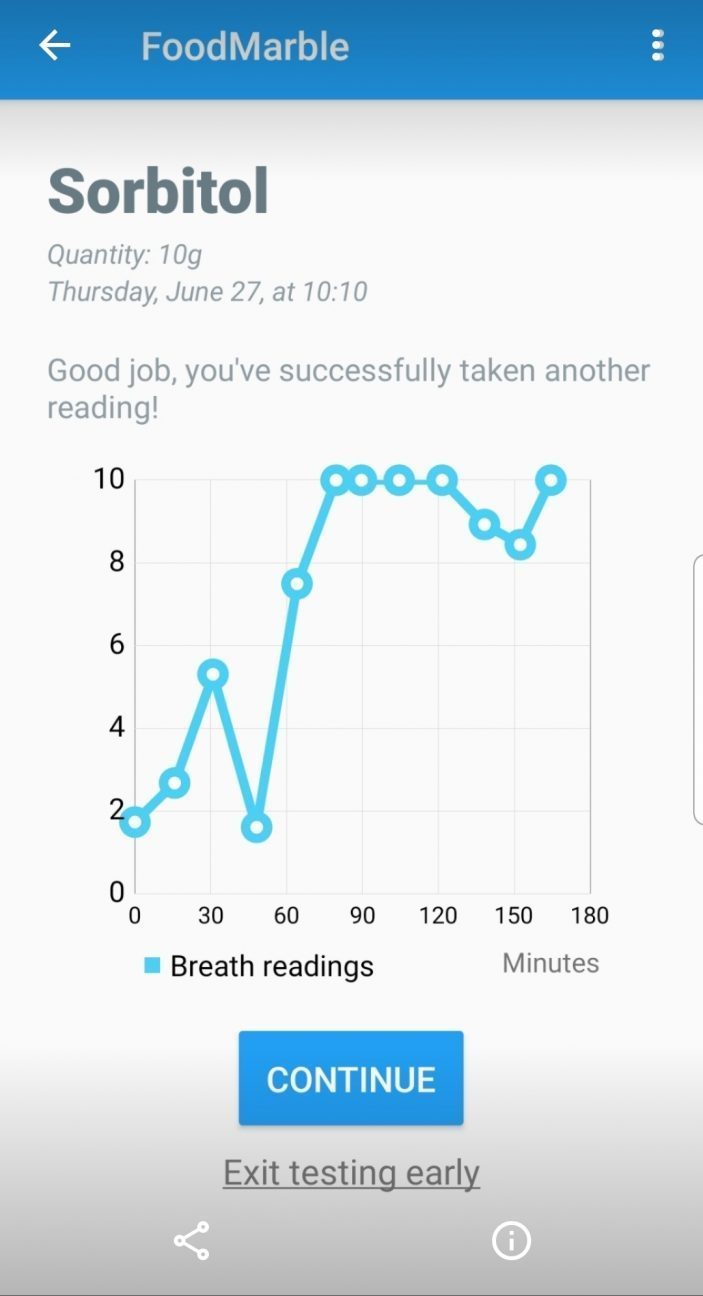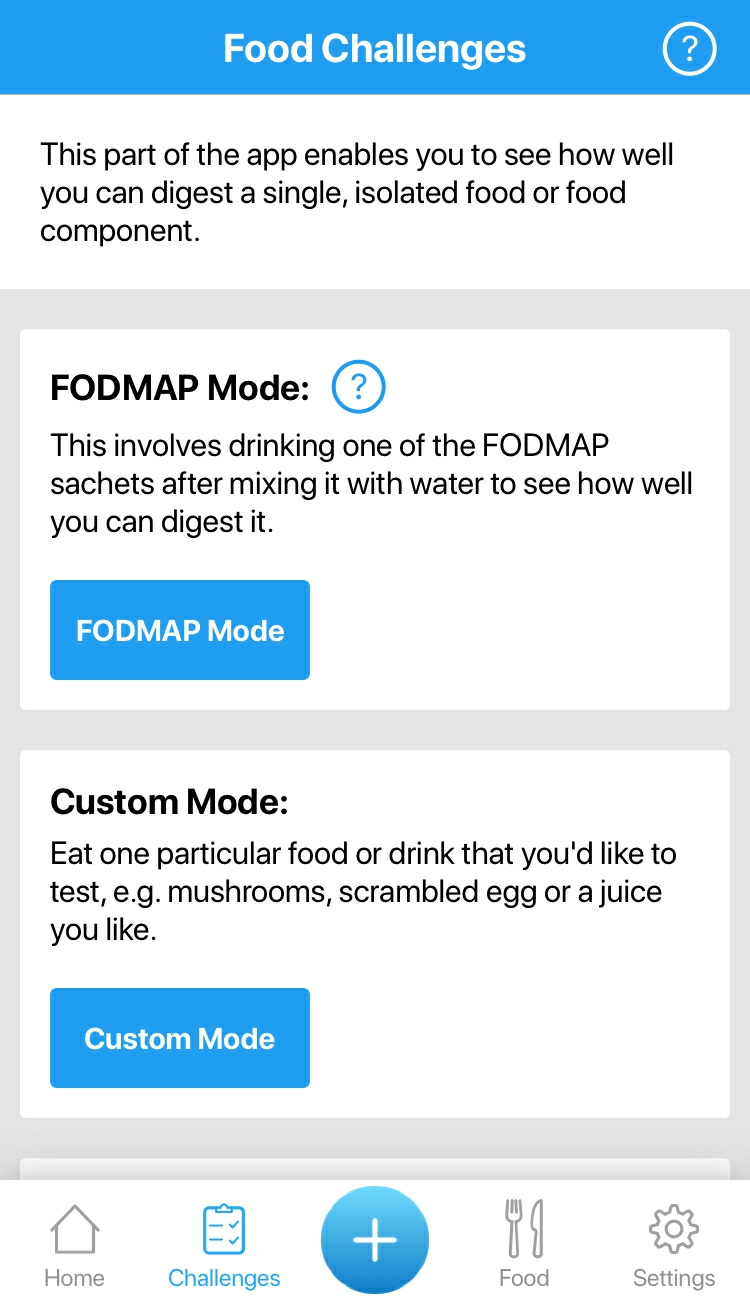
The AIRE app also allows you to do a ‘Custom Food Challenge’ with a particular food or drink that you would like to test with. You can use the information from them, along with the app’s Food Search feature, to see which foods you may not digest well.

At this stage, it is important to highlight that fermentation is not a bad thing. It only becomes an issue if the fermentation by bacteria produces excess gas and other gastrointestinal symptoms that cause discomfort.
This study, completed by 16 healthy subjects (13 male, 3 female; aged 24±5 years), investigated whether ingestion of fructose and fructans (such as inulin) can exacerbate irritable bowel syndrome (IBS) symptoms. They used magnetic resonance imaging (MRI) of the gut.
It found that ingesting fructose alone significantly increased the small bowel water content, peaking at 75 minutes after ingesting fructose, and returning to baseline by t=195 minutes.
Ingesting inulin brought about the greatest production of colonic gas, 255 minutes after ingesting the sugar.
Some people may not experience a significant rise in breath hydrogen concentration levels at all. There is an even greater importance to record any symptoms, such as bloating, abdominal pain or diarrhea, which you may experience during or after the FODMAP/custom challenge.
Below are some potential reasons why you may not be experiencing a rise in fermentation levels:
If you have any further questions or feedback on any of the information above, don’t be afraid to reach out. If you want to see a question answered on the next edition of The Digest please get in contact!
We are always here to help, and ever willing to learn from our digestive loving, FoodMarble customers. You can send us an email to hello@foodmarble.com or reach us through the Contact section on the app. And don’t forget to follow us on our social media to get the latest!